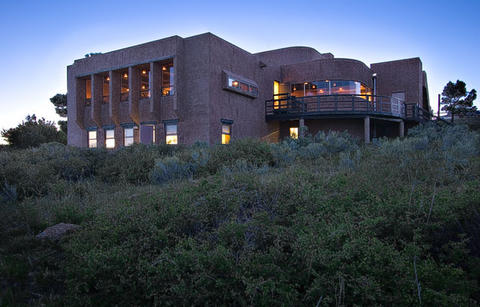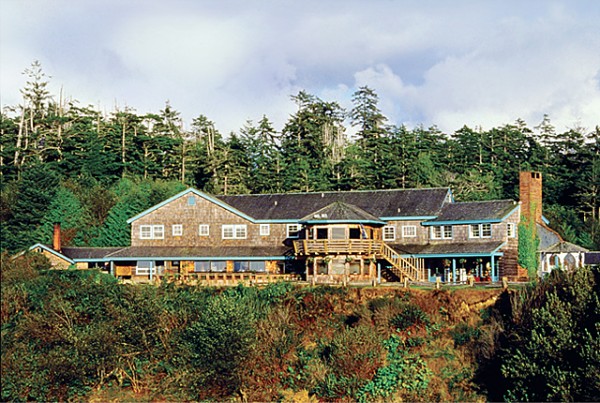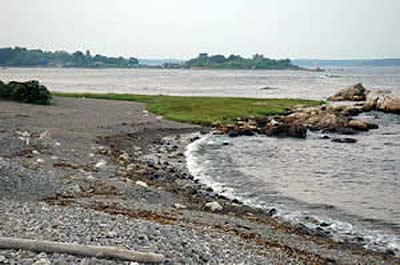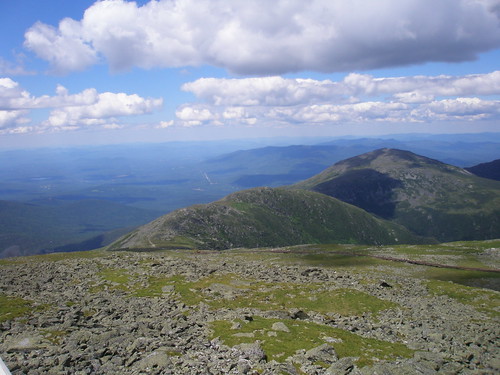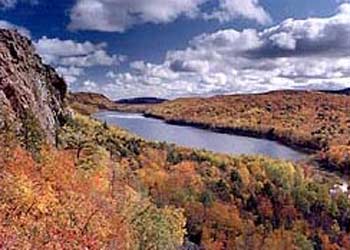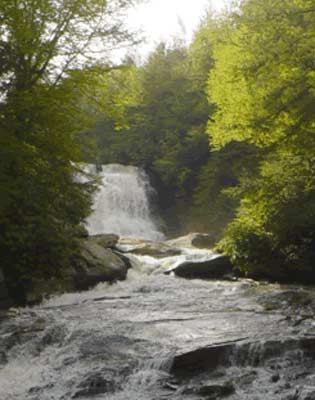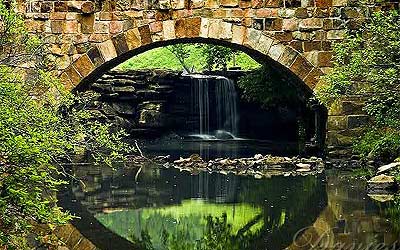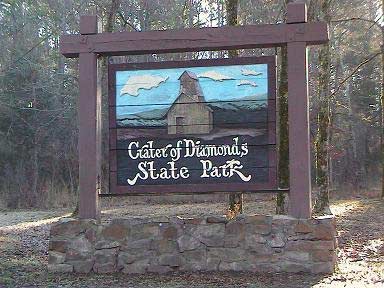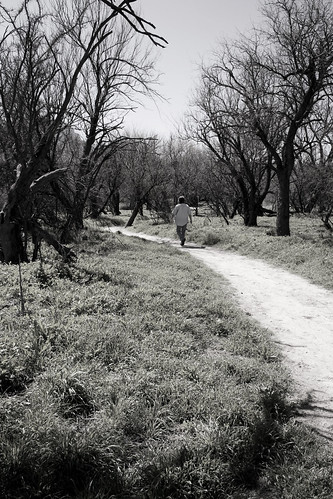
A path among the yet-to-bloom mesquite trees in Catalina State Park.
A few weekends ago my husband and I drove about an hour and a half south of where we live, to an area just north of Tucson known as Oro Valley. Among other things, we wished to hike the Catalina State Park. So we got up early on Saturday morning, showered and packed and did all the things homeowners (and pet owners) do when they’re going to be gone for a 24-hour period of time.
We arrived at the CSP right at noon – which, upon reflection, wasn’t the best time of day to start our hike. The 68-degree weather was lovely, but the breeze barely provided a defense against the direct sunlight and lack of shade. Plus, the harsh sunlight is not ideal for photography. Still, we weren’t altogether miserable, were sun-blocked up, and had plenty of water. So after a cursory look at the “Wildlife Display” (which featured a half dozen various snakes, a few gila monsters, and some pelts) we addressed the trail map and set off.
I wrote a recent entry about our hiking experience, along with my first attempt at a video blog, which you can view here.
We stayed at the Oro Valley Holiday Inn Express, which was just a short distance away from the park. We checked in, and lugged our stuff to our room. The first thing my husband does whenever he enters any hotel room is immediately turn on the A/C, which is when we discovered that it was a very noisy, very unhappy little A/C unit. So we got cleaned up (and had to deal with a very uncooperative shower head) and changed our clothes and re-packed, then requested that we be moved to a different room with a functional A/C. They were happy to oblige (despite the fact that they had to re-clean the bathroom of our original room – I kind of felt bad about that), and fortunately we pack light. The second room’s A/C worked fine, but the shower head was just as wonky, and it turned out that the bedsprings had serious poke-through issues. So! While I would recommend the Holiday Inn Express as a chain, our experience at this particular hotel was less than stellar. The staff was great, though, and the rooms were clean and neat.
Saturday night’s dinner was at the Hi Falutin’ Rapid Fire Western Grill. My husband ordered a fillet, I ordered the shredded beef tacos, and OH MY GOD, was that food INCREDIBLE. I didn’t bring my camera in, else I surely would have embarrassed us with all the pictures I’d have taken of our plates.
After dinner, we drove back over to the hotel, parked, and walked across to the neighboring Taste of Chicago. We occupied a table on the patio for several hours, watching the light change on the mountains.

View of the Catalina Mountains from the Taste of Chicago patio.
We talked and sipped our drinks and took pictures. I happened to be sitting facing the gully that runs alongside the restaurant, and saw a pair of rabbits go racing by. My “Oh, bunnies!” exclamation caused my husband to look in the opposite direction to see what the bunnies were running from. He leaped up from the table and said, “Holy crap, it’s a bobcat! Quick, gimme the camera!”

The bobcat is in the center of the photo. Click to enlarge!
He chased off along the fence, camera in hand, being all “here kitty kitty” while the bobcat disdained his efforts. Eventually my husband came back tot he table, mourning the lack of a telephoto lens – he never was able to get close enough to get a really clear picture. Then, in a fit of wildlife photography inspiration, he proceeded to attempt to capture the flitting efforts of a bat, who had come out early to partake of the bugs.
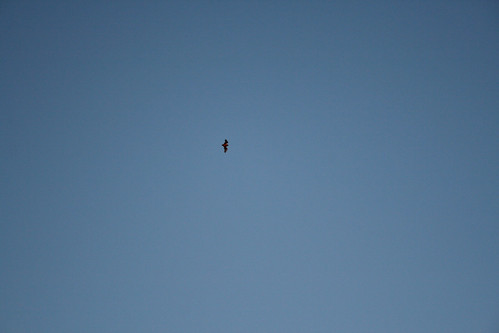
The bat - click on it to see it in a larger size. It's actually a pretty cool shot.
We ended up hanging out on the patio for several hours, watching the stars come out and enjoying the live entertainment the restaurant provided for the evening.
We checked out of the hotel the next morning by about 9:30, and headed in the general direction of Phoenix. We came across the type of mom-and-pop breakfast place we were hoping for, the Sunny Side Up Cafe. Lots of bikers and truckers, and a packed parking lot on a Sunday morning, which was all the assurance we needed that this local place was good. The place was standing room only, so we opted for seats at the counter, which I always enjoy anyway. I like observing the well-oiled machine that is a good diner. The coordination between the prep station, cooks, and wait staff was flawless. They kept up the snarky banter the whole time, too, which was entertaining while we noshed on our corned beef hash and eggs.
We took Route 71 back to the Valley, passing the Tom Mix monument and wash. I asked my husband who he was (hubby’s an Arizona native, so I figured he’d know), and he said he couldn’t remember and thought he was some sort of an outlaw cowboy. I looked it up when we got home. Come to find out he was an actor who occasionally played an outlaw cowboy. So my husband’s memory wasn’t entirely inaccurate.
All in all it was a lovely weekend getaway.
Photo credits (all): Tiffany Joyce.

